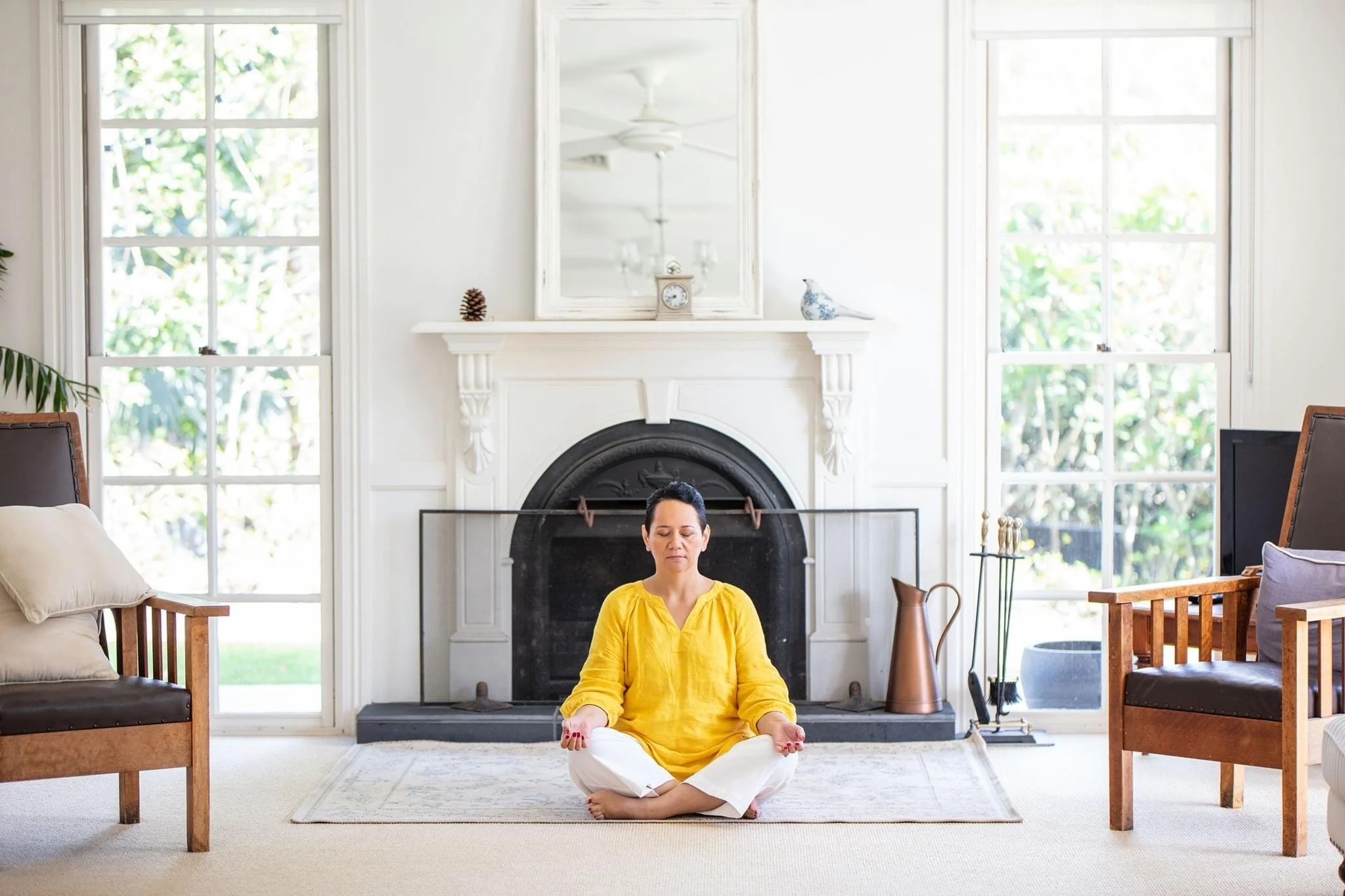A Beginners Guide to Meditation
Transform the world by transforming yourself.
Are you new to meditation? Lucky you! As famed Zen teacher Shunryu Suzuki put it, “In the beginner’s mind there are many possibilities, but in the expert’s there are few.” That said, beginners do benefit from simple pointers on how to learn to meditate. If you’re wondering how to meditate, for beginners there are some basic guidelines that are shared by most traditions. These include how to position the body—keeping the back straight, what to do with your hands, etc.—and how to position the mind.
As a beginner, you might think of yourself as a “meditator in training.” Even if your “beginner’s mind has many possibilities,” that doesn’t mean you should use your practice time for daydreaming or mentally fine-tuning your shopping list. You’re training. What in? In presence, acceptance of change, and discovery of the here and now. By maintaining a beginner’s freshness and spontaneity even after you’ve learned the ropes, the training can go deeper and deeper into awareness and understanding. That’s the beauty of how beginners meditate: there’s always something worth discovering.
Meditation is a transformational method that not only helps us relax but also improves our general well-being. If you’re just beginning to meditate or you’ve been wanting to learn, there are a variety of simple meditation techniques you could start with. Learning how to meditate may seem like a daunting task for beginners, but the basics are actually pretty straightforward.
Meditation means different things to different people. There’s spiritual meditation, relaxation meditation, chanting meditation, and many more. There are for four types of meditations: sitting, standing, walking and lying down. Learn to master all four and transform yourself and your life.
Everyone has a different form of meditation that works for them and there is no right or wrong way to meditate.
13 TIPS FOR HOW TO START MEDITATING FOR BEGINNERS
#1. START SMALL
Just a few minutes every day is much more effective than a few hours once a week. Practice to meditate frequently, just a few minutes at first. I began at 20mins in the morning and evening and increased my way up over the years. Then gradually add more time onto your meditation.
#2. USE A TIMER
Having a timer helps the mind not think about time. You can use any basic timer, but there are many really helpful phone apps you can download, such as Insight Timer, which are geared towards meditating.
#3. FIND A HAPPY, QUIET PLACE
The less distractions, the better. The more clearly your mind can feel, the more productive your meditation will be. Also, meditating somewhere you feel good and being comfortable helps tremendously.
#4. SET AN INTENTION
It can be helpful to think about what you want to gain from the meditation before you start. Your intentions can range anywhere from gaining more creativity, being more present, visualizing a goal, or even just quieting mental noise.
#5. FOCUS ON YOUR BREATH
By focusing on your breath, you can easily begin to feel your mind clear up and being more in the present moment. You can focus on your breath in many different ways. By feeling the expansion of your lungs, by getting caught up in the rhythm, by feeling the air pass through your nose, or by just the sound of breathing.
#6. YOU’RE NOT DOING IT WRONG
When you first begin meditating, many people spend a lot of their meditation time worrying about whether or not they are doing it right, don’t worry! Don’t think about the “how’s,” just do! Just focus for 30 seconds and build up from there. Before you know it, you will be a master meditator.
#7. BE MINDFUL OF HOW YOU ARE FEELING
How are you? See if you are feeling anything in particular. Anxious, excited, worried, stressed, calm, or busy. Look at that feeling, feel it, and be okay with it. Pay attention to it, we often times get caught up in our daily lives that we don’t give our own emotions the time of day. Understand what emotion you are bringing to the meditation, and be at peace with it.
#8. DO NOT JUDGE YOUR THOUGHTS AND FEELINGS
Likewise, be a peace with all of the different thoughts and feelings that arise while you are meditating. As in, don’t judge them as good or bad thoughts, right or wrong thoughts, simply just notice them, and let them pass by. Allow yourself to be the observer and trust the process.
#9. GET TO KNOW YOUR MIND
We are often too busy with distractions to pay much attention to our own thoughts, nonetheless how we process them. By giving your mind and your thought processes the attention they deserve, you can get to know yourself much better.
#10. COUNT YOUR BREATH
If you find that your mind keeps wandering and you can’t seem to focus, simply counting your breaths. Counting only until 5, then start again. This will help to calm and slow you down.
#11. PRACTICE A GUIDED MEDITATION
There are many guided meditations online, or even guided meditation apps you can download. These help guide you through the process. They create a calm and tranquil environment in your mind, and give you suggestion on where to put your focus.
#12. JOIN A FRIEND OR A COMMUNITY
Meditating with a friend or even a meditation community, can be a powerful experience. First, since you are not the only one meditating, it holds you accountable for your meditation. Secondly, the energy a group of people meditating in a room creates can be really motivating. Also, it is good to have support from people who have experience or are also interested in meditating.
#13. GIVE YOURSELF A HIGH FIVE
When you are finished, be grateful and appreciative towards yourself for having meditated and for sticking with your commitment to it. You are doing something immensely great for yourself and getting to know yourself fully.


